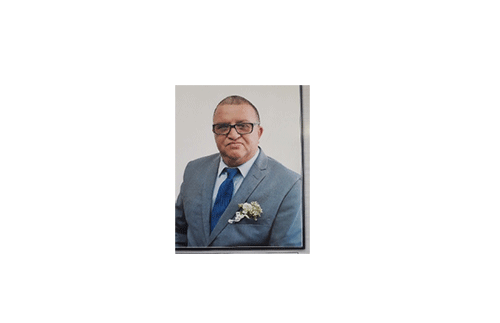Back in the day, during my studies at the University of Zambia (UNZA), we had one discussion on what it is to be a male. We, as participants, were divided into male and female groups. We were asked to discuss and put on the flip chart what they thought it was to be a male. It was pointed out that there was no need for any consensus to put anything in the chart.
It would just reflect the ideas of individual members of the group. After nearly an hour, the male group came with a flip chart that had around half a dozen terms to describe what it is to be male. The female group, on the other hand, came up with two flip charts, full of descriptions of what it is to be a male. Then there was big laughter as they put up their charts.
Soon, the laught e r disappeared, and there was silence, especially among the men. After the women described and the session ended, there were terrible feelings among the men – that the women were too sharp; that they had battered the men, putting the men down terribly. There was also feedback, saying the men were very hurt – and in fact, they expected women to come with a big fat list of expectations, which the men were unable or did not want to live up to. There was also a feeling that this needed a time of healing.
Soon after a short break, we went into the next session, and Prof. F. Akuffo of Ghana gave a challenging address on ‘Towards Gender Justice: Masculinity as a social construct’. It was a fantastic paper, and all the participants applauded it – and it was so very well received. Since there was a little more time after discussions, I used it as an exercise to run through some terms the women used to describe the men.
Everyone in the group agreed some of these terms could also be used to describe women. This exercise was felt to expel much of the uneasiness caused by the women’s descriptions of men – and most of the participants felt it brought much healing. Now, I was astonished because the presentation from Prof. F Akuffo covered so many of the descriptions of women coming out against men. The descriptions were almost similar to a greater extent.
I was puzzled and began to ask myself why there were such extreme reactions to the two woman’s descriptions of what it is to be male and professor Akuffo’s paper. Is it because he was a man that it appealed to everyone? What was it that made the participants accept his presentation so well and not the women’s descriptions? I struggled for a while and figured out that it was not because he was a male that he could get across so well rather. The difference was the women’s descriptions seemed to be pointing accusing fingers at men while his paper was a passionate cry for help to change, recognising certain behaviour of men who perpetuate gender injustice.
When he spoke, it could strike the cord and resonate with the same frequency that men could feel that it was true. Similar experiences were easily acknowledged and regretted. As for the women, we could see, hear and feel the cry for help. Therefore, society cannot afford to be seen as the one who stands for justice and get imposed injustice to the other; the preferential option for the powerless implies a privileged hearing for those voices that are excluded if we are sincere to being a justice society.
We will interrupt the rhetoric of the smooth tongues and strain our ears to hear the feeble and cracking voice of ‘those who cannot speak’. The ultimate objective must be to equalise men’s responsibility and not only women’s opportunities and access to resources. The gender perspective is a critical dimension in any analysis of Africa’s development priorities. It affords the opportunity to examine the role of women and their contributions in relation to the entire spectrum of the development process since
women are found participating in all rural-based production sectors. Since they are underremunerated, and for all purposes invisible in all these roles, the gender approach in African development must of necessity focus on gender gaps, justice and disparities Gender and justice must be cross-cutting issues in all African endeavours for improved lifestyles and livelihoods. Focusing on gender and justice is, therefore, not merely a matter of justice but more so a matter of choosing more effective development strategies.


